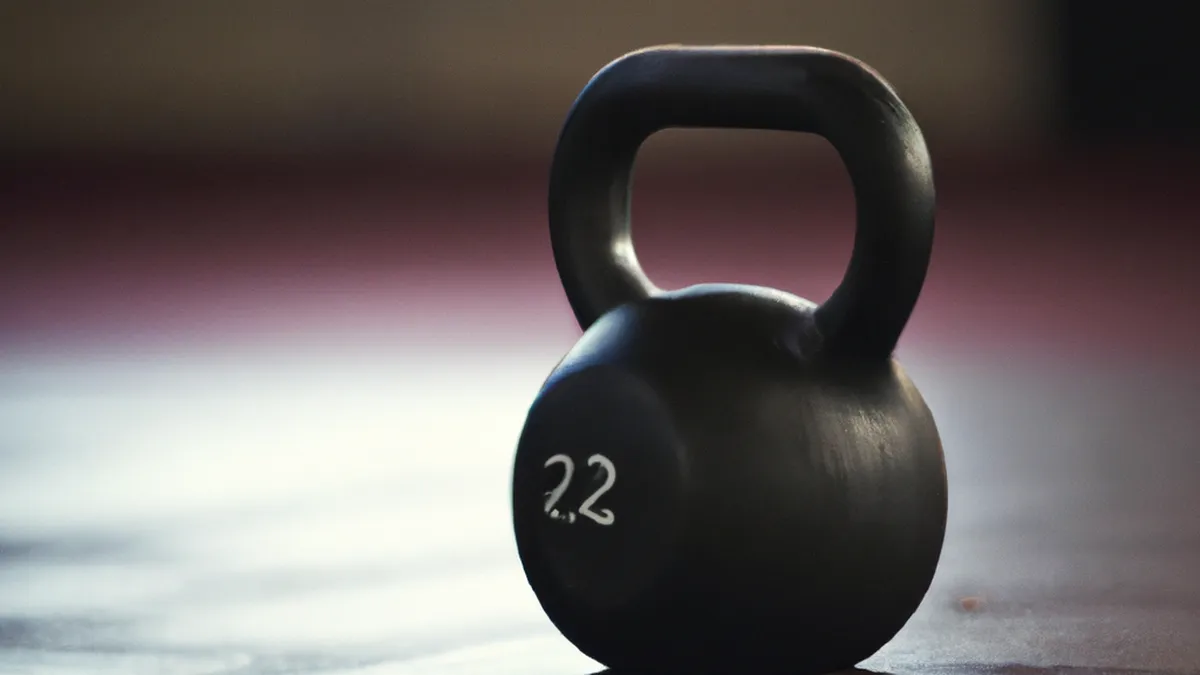Barbell Training: A Game-Changer in Conditioning
The Role of Barbell Training in Sports Conditioning
Barbell training significantly enhances sports conditioning for athletes across various disciplines. Sprinters, football players, and gymnasts can improve their performance through barbell training. This method builds strength, power, and stability while boosting overall athletic conditioning. In this blog post, we will explore the importance of barbell training and share effective workout tips.
Understanding Barbell Training
Barbell training uses a long metal bar with weights on each end. This strength training engages multiple muscle groups, promoting functional movement patterns. Athletes can develop strength, power, and endurance through various barbell exercises. This training method effectively enhances athletic performance.
Unlike machines that isolate muscles, barbell exercises require stabilizing muscles, enhancing coordination and balance. This functional training aspect benefits athletes, as sports demand complex movements. For instance, a clean and jerk develops upper body strength while engaging the legs, core, and back.
Tips for Effective Barbell Training
To maximize barbell training benefits, athletes should follow these tips:
1. Focus on Form
Proper technique is crucial in barbell training. Incorrect form can cause injuries and impede progress. Athletes should master fundamental movements with lighter weights before lifting heavy. Consider working with a coach to ensure correct exercise execution.
2. Incorporate a Variety of Exercises
Variety prevents plateaus and maintains motivation. Include barbell exercises like squats, deadlifts, bench presses, overhead presses, and bent-over rows. These movements target different muscle groups, promoting balanced strength throughout the body.
3. Prioritize Compound Movements
Compound movements engage multiple joints and muscle groups, offering more benefits than isolation exercises. For example, squats and deadlifts work the legs, core, and back, promoting strength and stability. These movements are essential for athletes needing to generate power.
4. Schedule Recovery Time
Barbell training can be intense, so adequate recovery is vital for muscle growth. Schedule rest days and ensure sufficient sleep. Active recovery, like light cardio or stretching, promotes blood flow and reduces muscle soreness.
5. Track Your Progress
Keeping a workout log helps athletes monitor progress over time. Record weights lifted, repetitions, and sets for each exercise. This practice identifies strengths and weaknesses and allows for necessary adjustments to the training routine.
Conclusion
Barbell training offers athletes numerous benefits, enhancing strength, power, and overall performance. By following these tips, athletes can maximize their training effectiveness.
Below are related products based on this post:
FAQ
What are the main benefits of barbell training for athletes?
Barbell training significantly enhances strength, power, and stability, contributing to improved overall athletic conditioning. It engages multiple muscle groups and promotes functional movement patterns, making it particularly beneficial for athletes in various sports such as sprinting, football, and gymnastics.
How can athletes ensure they are using proper form during barbell exercises?
To ensure proper form, athletes should focus on mastering fundamental movements with lighter weights before progressing to heavier lifts. Working with a coach or trainer can also provide valuable guidance on correct exercise execution, reducing the risk of injury.
Why is it important to incorporate a variety of barbell exercises in training?
Incorporating a variety of barbell exercises helps prevent plateaus in performance and keeps motivation high. Different exercises target various muscle groups, promoting balanced strength and enhancing overall athletic performance, which is essential for athletes engaged in complex movements.















Post Comment